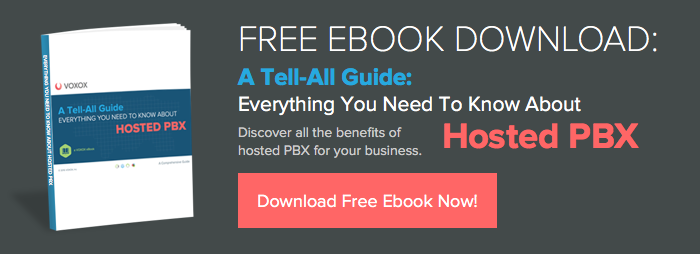
Here’s a contributed post from Bruce Silverman, a Voxox advisory board member …
My life used to be SO simple!
I started out in the advertising agency business back in the “Mad Men” era. We all smoked incessantly, consumed copious amounts of brown liquor at long lunches, viewed secretaries (all of whom were straight out of central casting) as toys, and effectively reached consumers for our clients just by making two or three phone calls!
My life used to be SO simple!
I started out in the advertising agency business back in the “Mad Men” era. We all smoked incessantly, consumed copious amounts of brown liquor at long lunches, viewed secretaries (all of whom were straight out of central casting) as toys, and effectively reached consumers for our clients just by making two or three phone calls!
Forty years ago – a lifetime ago for most of America’s population – there were only three TV networks… and everybody watched. So we’d call NBC, ABC and CBS, place buys on Marcus Welby, Lucy, Gunsmoke, Bonanza, Hawaii Five-O, Rowan and Martin’s Laugh-In or Hee Haw… and then go to lunch!
Ninety percent of all Americans would tune in and see our client’s commercials (top-rated shows often reached 30 percent to 40 percent of U.S. households every week!) … hardly anybody had a remote control device that might enable them to zap a spot … packaging was labeled “As Advertised on Television” … and consumers would flock to stores to buy the stuff they saw advertised, Nice work if you can get it!
It’s harder today … but much more interesting.
The world has become more media-centric, but media itself has become extraordinarily fragmented. Three TV networks? Today most TV viewers can choose from among 300 channels! A few local AM radio stations? Major markets have 50 or more AM, FM and digital terrestrial stations, plus hundreds of satellite stations and thousands of Internet stations adding that much more choice. Back then, of course, the Internet didn’t exist at all. Cell phones were still a gleam in the eye of an inventor and wireless only existed on detective Dick Tracy’s wrist in the Sunday comics.
But fragmentation is only part of the story. As a practical matter, people have also become much more selective as to what marketing messages they’re willing to watch, listen to, or be involved with. Advertising has become so prevalent, so incessant, that consumers are increasingly resistant to it.
Except when it’s absolutely, positively in their self-interest to get involved.
Opt-in, one-on-one messaging, is the ONLY sure way of ACTUALLY reaching, and far more importantly, motivating a consumer today. Advertisers who think only in terms of reach (big broad audiences) and/or frequency (repetition, repetition, repetition) are kidding themselves; the audience has vaccinated themselves against standard advertising messaging both psychologically and technologically (think DVR’s).
On the other hand, if the advertiser’s message REALLY matters to an individual – is relevant to them, their family, or their lifestyle – and if the advertiser has reached out to them as an individual, not as one anonymous member of a huge, faceless “demographic/psychographic” target audience, they have a fighting chance to succeed.
This is particularly true with Millennials who live true, interconnected lifestyles. They’re Twittering, texting, Facebooking, IM’ing and calling their friends non-stop. But at the same time, they are surprisingly (and in some ways, amazingly) successful at filtering out stuff they don’t want to deal with. And this will be even truer for the next generation, who will view traditional TV, radio, magazines and newspapers as archaic -- “something their grandparents did.”
One of the reasons I was so excited about Voxox the very first time it was demonstrated to me – long before it went “live” – was that I saw it as an almost perfect platform for advertisers to effectively reach consumers on a one-on-one, opt-in basis. Voxox’s members aren’t mere numbers; they are flesh and blood individuals who share interests, businesses, lifestyles, politics, music, art -- you name it -- within their personal and business networks. For advertisers, they represent the sweet spot in the center of the bulls-eye. Voxox represents an opportunity for true one-on-one “conversations” about products and services that matter between the advertiser and those individuals who want to hear about their products and services.
I have to admit that I miss those long, long lunches, but at a time in our economic history where getting results matters more than it ever did, Voxox, and other one-on-one messaging systems will almost inevitably become the backbone of the marketing communications mix. It’s simply a matter of discovery… and that’s something the marketing communications community is particularly good at.
So, what do you think? How can tools like Voxox give you, the consumer, a better way to converse with your favorite brands?






